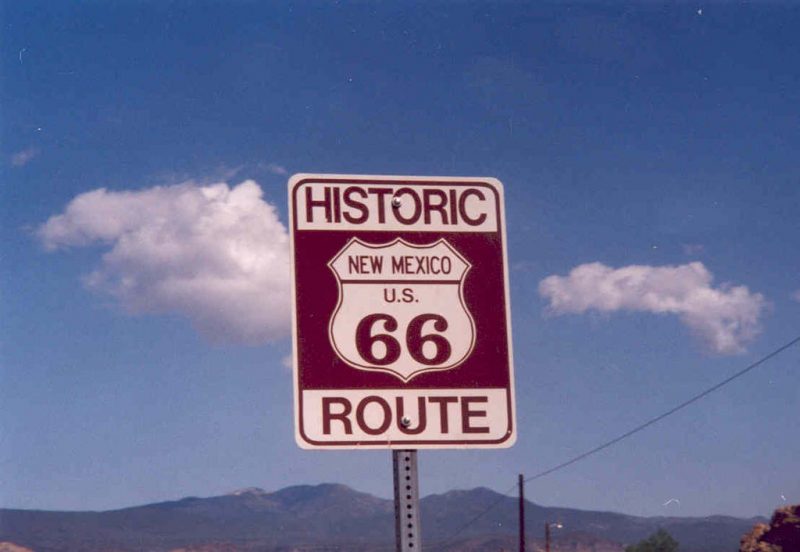Cyrus Avery is The Man
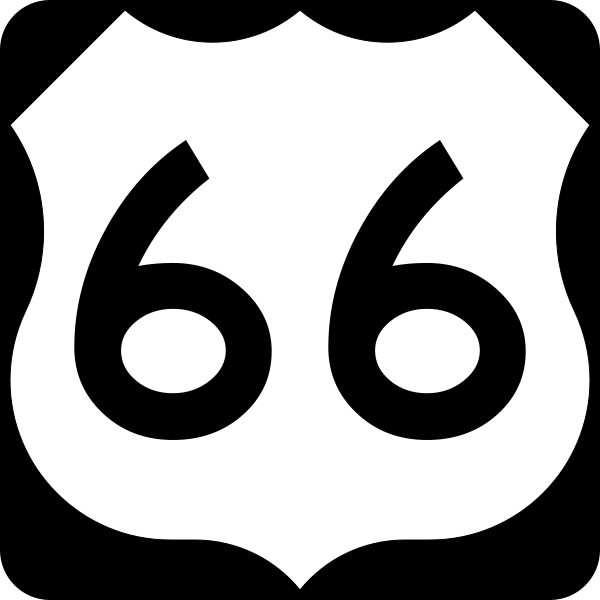
Cyrus Avery (1871-1963), a Tulsa businessman, championed the establishment of the highway and helped promote it, earning him the nickname “Father of Route 66.”
As a boy, Avery and his family journeyed west from Pennsylvania by covered wagon to Missouri and later settled in Indian Territory. He went on to make his living in farming, real estate, and oil, among other ventures and became a civil leader in Oklahoma.
Interest in highway systems
Cyrus became interested in roads after a visit to his father’s farm in Noel, Missouri. His father sent him to do some free work on some roads with a split-log drag. He realized that an interstate system of highways would help his adopted city and state prosper. He became impressed with the Good Roads Movement going on in Missouri and joined the Oklahoma Good Roads Association.
Soon, Cyrus convinced Governor Cruce to declare a “Good Roads Day,” and the people in Tulsa County started roads from Tulsa to Red Fork, Broken Arrow, and Skiatook, which they finished and oiled. Avery became known as the “Father of Good Roads” in Tulsa County.
Cyrus also served as president of the Albert Pike Highway Association from 1917 to 1927. He was elected chairman of the Tulsa County Commission, serving from 1913 to 1916, and is considered responsible for the construction of the Eleventh Street Bridge, which replaced an older wooden bridge across the Arkansas River.
In 1919, Avery developed land he owned northeast of Tulsa building a restaurant, the Old English Inn, a gas station, and a tourist court. The development became known as “Avery Corner.”
The history of the name “Route 66”
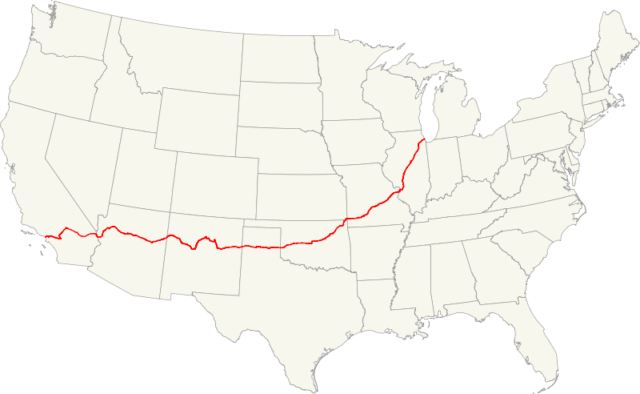
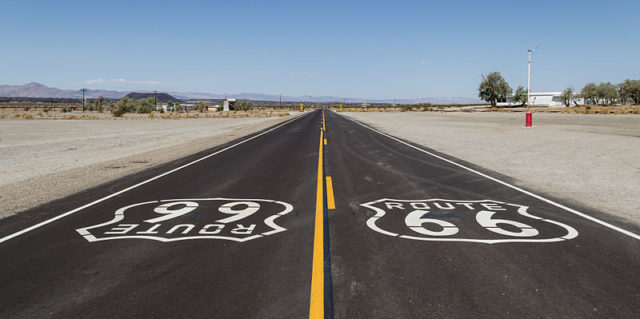
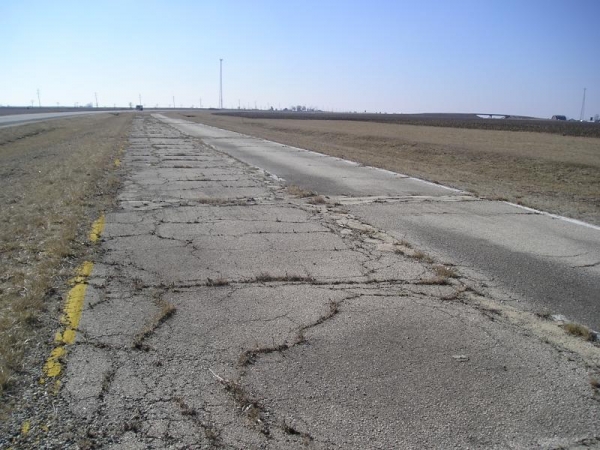
In 1925, Avery was appointed Consulting Highway Specialist to the U.S. Bureau of Public Roads and was tasked with the creation of a national highway system and the assignment of numbers to those highways.
The Virginia Beach–Springfield route had been designated as U.S. 62 and actually terminated south of Ozark, Missouri at U.S. Highway 65. Kentucky would be the only state without a “0” highway (major routes would be one- or two-digit numbers ending in either “1” or “0” depending on the route. To avoid a “U.S. 0”, U.S. Highway 2 was treated as a “0” highway and U.S. Route 101 would be treated as a two-digit highway to expand the number of available routes north-south).
They countered Avery’s US route by pushing for US 60 to run between Virginia Beach and Los Angeles; the Springfield to Chicago section could be “U.S. 60 North”. Avery returned with “U.S. 60 South” for the Springfield–Virginia Beach alignment. Kentucky threatened to walk completely out of the new highway system (individual states could not be forced to participate in it).
Finally, Kentucky offered a compromise: connect their highway with Avery’s in Springfield and give their highway the number 60. Avery could have his Chicago–Los Angeles highway if he would accept the number 62 which was originally assigned to their road. Avery disliked the number 62, found out 66 was not used and designated the Chicago–Los Angeles highway as U.S. 66. In 1926, the Federal Highway System was approved by Congress. With this done, Congress also de-certified all the old “association” highways.
In 1927, Avery pushed for the creation of the U.S. Highway 66 Association to promote paving U.S. 66 and promote travel on the highway. He was elected Vice President in 1929.
